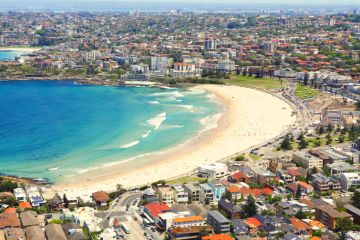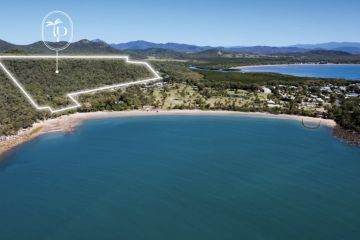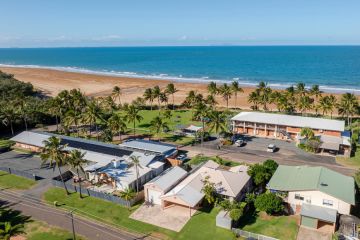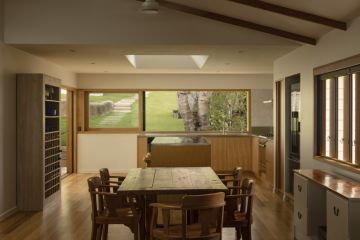Cities may struggle to cope with 24 million extra Australians expected by 2066
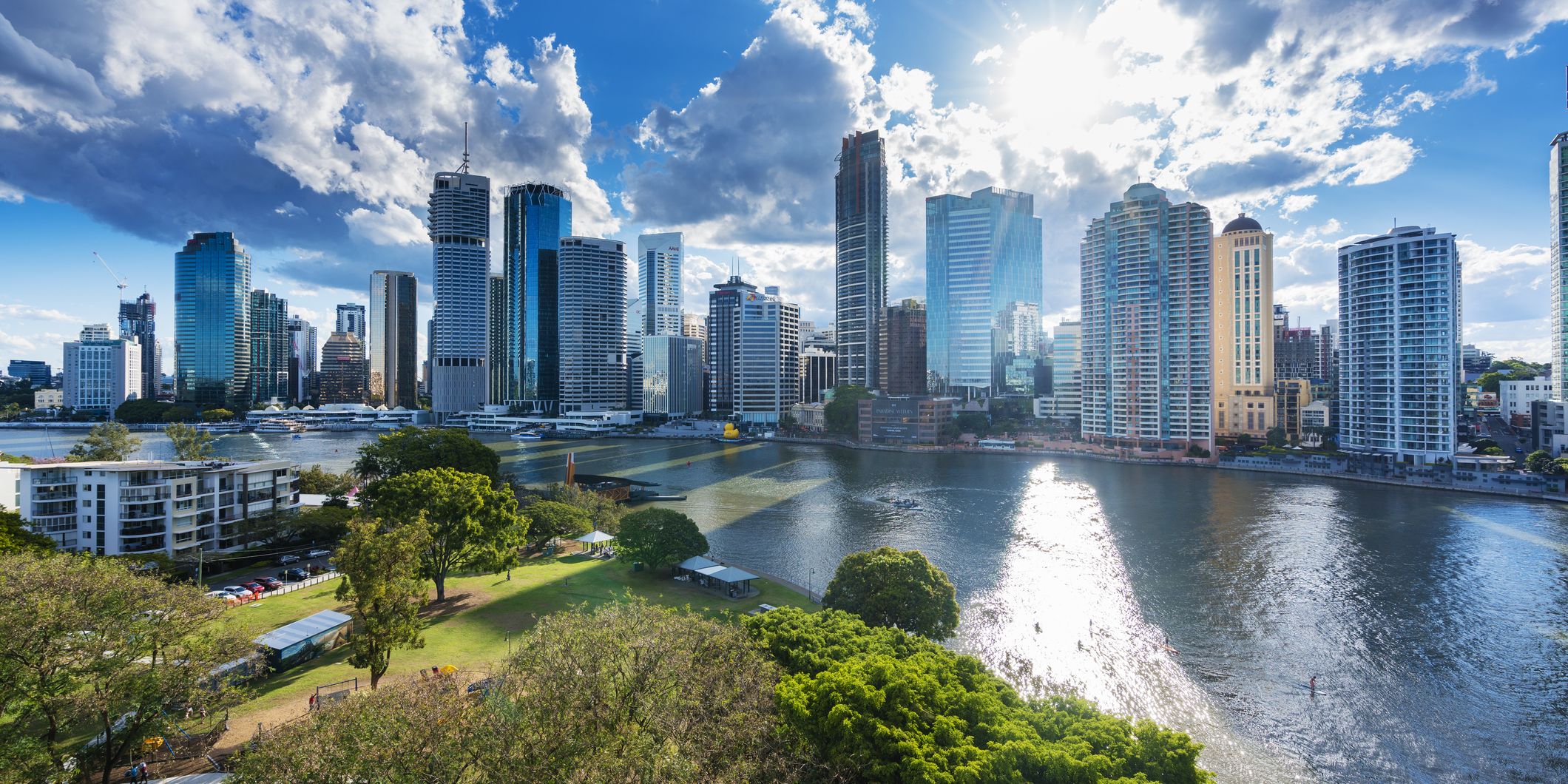
Planning and infrastructure construction in major cities are lagging behind current needs, experts say, and has a long way to go to accommodate the anticipated 24 million extra Australians projected to call the country home by 2066.
The Australian Bureau of Statistics today revealed Australia’s population is expected to balloon to as much as 49,226,089 in the next 48 years, buoyed by a stream of international immigration and rising natural increase rate over time.
The ABS’s most conservative projection was 37,443,819. These projections can be sensitive to domestic and international policy changes, and are not an exact science.
The country should reach 30 million people between 2029 and 2033, and then 35 million between 2038 and 2053, depending on fertility and immigration rates.
This comes as the federal government moves to cut immigration numbers, with Prime Minister Scott Morrison proclaiming “enough, enough, enough” earlier this week.
But economists have warned a cut could exacerbate house price weakness in Sydney and Melbourne, with a report by investment bank Citi warning: “Our forecasts for household demand factor in the slowing in immigration already underway but a larger decline such as a halving in immigration to Sydney and Melbourne over the next few years would extend the period of weak house prices in these cities.”
Academics say major challenges facing the two biggest cities, Sydney and Melbourne, include the continued urban sprawl, and roads and public transport choked by an influx of new residents.
- Read on for a city-by-city examination of what this could mean for your home base
Senior lecturer in Global Studies at RMIT’s School of Global, Urban and Social Studies Peter Phipps said Australian cities tended to have a “let the market decide” approach to their growth, which was no longer a viable option.
“We need to think about making people more connected, more secure in their lived environment,” Dr Phipps said. “That should be before profit. So much of our development has been done in a fast turnover, profit-driven model.”
Other academics say smaller cities such as Brisbane and Perth were benefiting from a much more manageable base population but will grapple with a need to densify, at the cost of backyards in the inner city.
Melbourne

The ABS figures show Melbourne could be home to between 8,560,099 and 12,235,490 people by 2066.
Australian Population Research Institute research associate David McCloskey said there was a push underway to gather data to be used for better planning.
“We’ve built up a 45-year history of how the city has grown. It provides a range of insights on how to tackle spurts of growth when they occur,” he said. “Most of our thinking of planning for the future is looking through the rear view. It’s a bit like driving a car with the windscreen blacked out.”
In the next few years, that could change. Mr McCloskey said new methods and models were being developed in Melbourne to plan in a more efficient and thoughtful way.
Efforts to collate data on the size of lots, height limits and the natural constraints of the city were being used to build models of the city.
“You can get a theoretical model of the available land and what the density would be like,” he said. “There’s no optimisation at the moment.”
In some cases, the gradient of footpaths could be taken into account when planning areas that have an unusually high concentration of disabled residents. Similar principles could be applied to building public transport.
Mr McCloskey said if best practice was applied Melbourne could become a much more efficiently planned city in the next 50 years, but he stressed that this was just one possible scenario.
Sydney
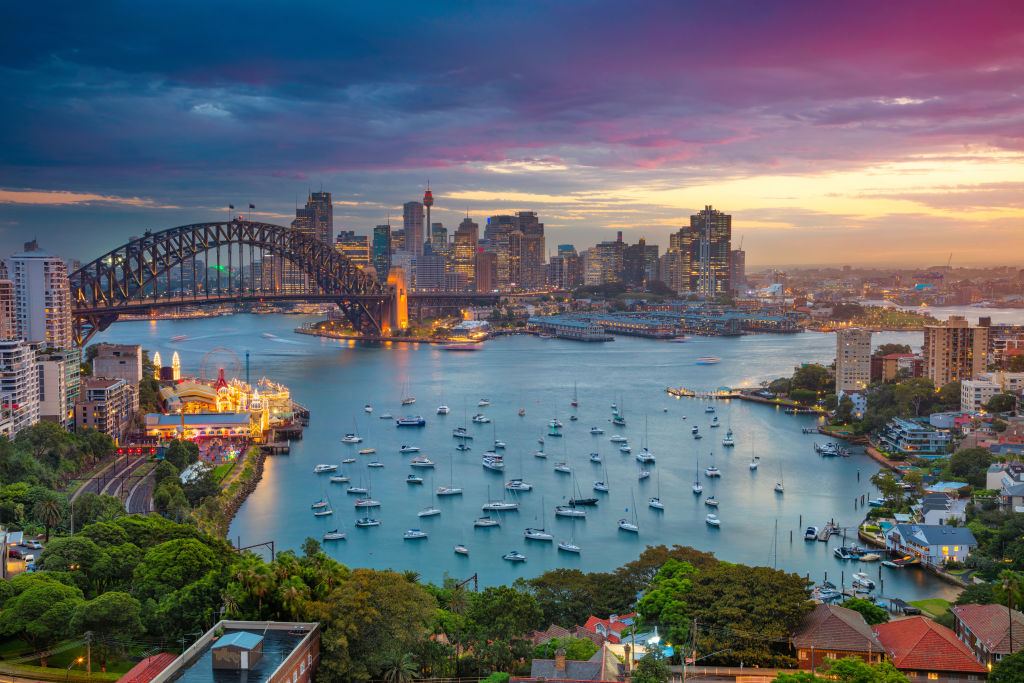
Now Australia’s most populous city, the ABS figures show Sydney could very well lose that title by 2066 when it is expected to reach a population between 8,522,481 and 11,240,860.
Academics say the city was already struggling under the weight of its estimated 5.1 million citizens.
“In the past 30 years, we’ve said let the market decide,” University of Sydney urban planner and policy analyst Professor Nicole Gurran said. “Now we’re seeing the consequences of that, and it’s not great.”
Tighter and more thoughtful government control would be needed to ensure Sydney residents have a liveable city, years into the future. “If we leave it to the market we’ll have greater social and spatial inequality,” Professor Gurran said.
Professor Gurran’s colleague Professor Peter Phibbs said the main challenge was getting most of Sydney’s new residents to their jobs in a timely manner.
“Sydney has a particular issue in that much of the population growth is in the western city and much of the employment growth has been in the eastern city,” he said. “The political problem will be both persuading the residents of Sydney that continuing growth won’t have negative impacts on their quality of life and to also keep up with funding the necessary infrastructure for Sydney to keep it running efficiently.”
Meanwhile, infrastructure projects now being built in Sydney were inefficient and poorly planned out, said Curtin University’s Professor of sustainability Peter Newman. He said the Westconnex tunnel was one such example. “It got totally out of control,” he said.
He didn’t believe any more tram tracks would be on the cards either; new, autonomous “trackless trams” from China could be the new normal. He said they were much cheaper at $6 million per kilometre, and required much less work to integrate into road networks.
“You can unlock a lot of inner and middle development with the trackless tram,” Professor Newman said.
Brisbane
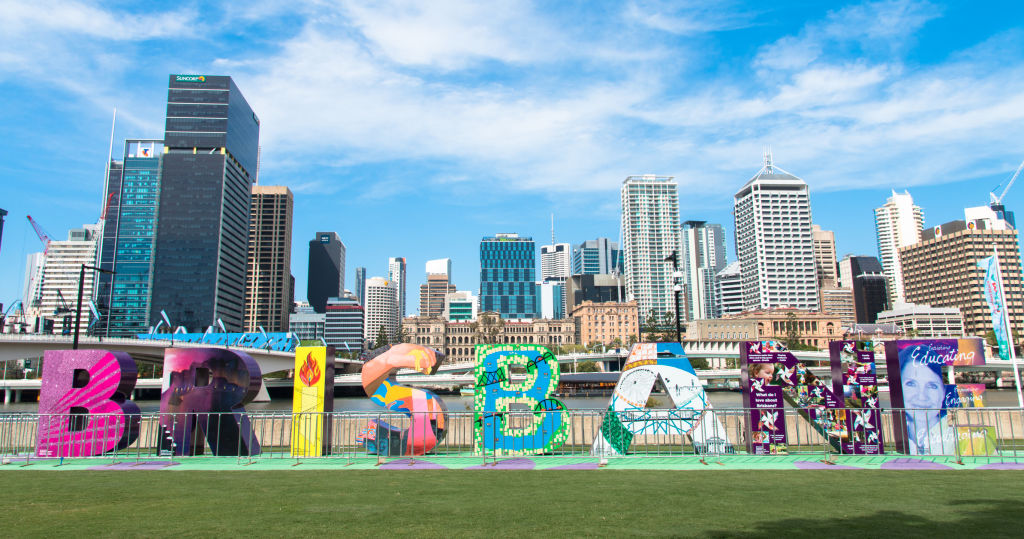
In Brisbane, 2066 there could be a total of between 4,153,335 and 5,782,256 Brisbanites.
University of Queensland population geographer Elin Charles-Edwards said it would drastically change the face of the river city. “We can expect growth, a lot of growth,” Dr Charles-Edwards said.
In the next 25 years, the state government had already planned to add 800,000 new homes to south-east Queensland. Dr Charles-Edwards said she didn’t expect this figure to change anytime soon.
She said there was some talk of the Sunshine Coast, Gold Coast and Brisbane city merging over time as the urban sprawl continues, but this may not eventuate.
“There is a desire to have distinct centres, but it would be great if those centres were more connected,” said Dr Charles-Edwards. “It would be great to have a lot of commuting between the centres with some kind of high-speed rail.”
More high rises will pop up around public transport as self-driving cars and a reduced need for car infrastructure will change the roads and make the city more pedestrian friendly, Dr Charles-Edwards predicted.
Perth
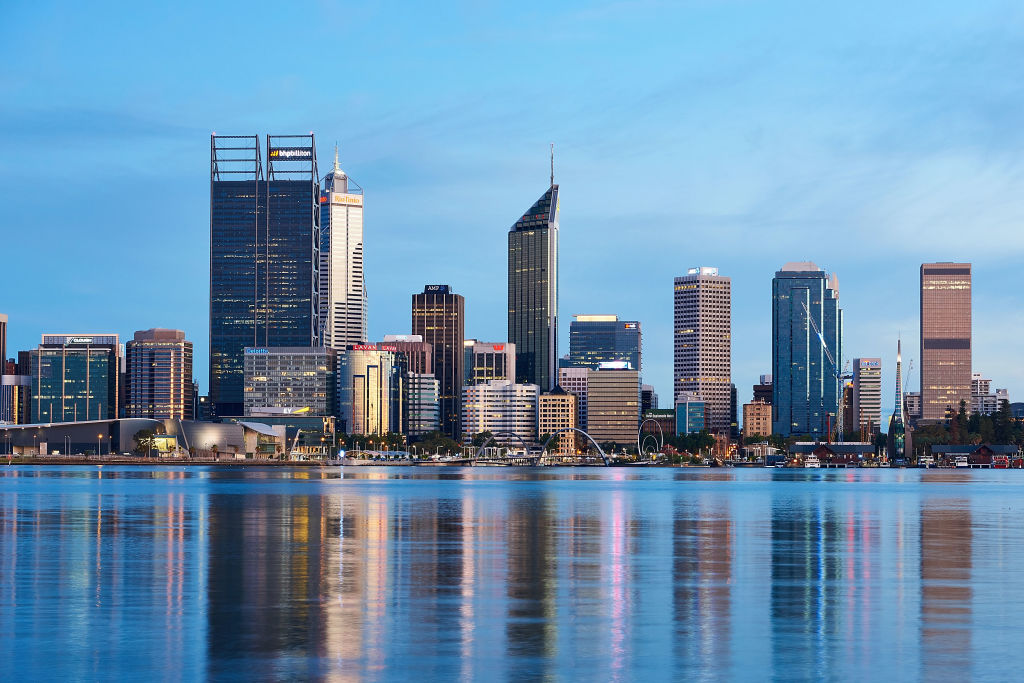
The ABS predicts there will be at most 2.2 million new residents in Perth by 2066; a total between 3,726,167 and 4,330,509.
Perth and its surrounds could become Australia’s “Lithium Valley”, Curtin University’s Professor Peter Newman tipped, mining and processing the valuable mineral needed for batteries in so many of the world’s electronics.
The new major industry could give the west a more sustainable source of jobs than the boom-bust mining industry.
“We need to get the entrepreneurs on board,” he said. “There’s going to be a change in the whole green economy and Western Australia could very well be a good leader in it.”
Professor Newman said the most recent mining boom harmed the city, clogging infrastructure and jacking the cost of living sky high.
“I think it’s been far too rapid, the growth,” he said. “We experience what it’s like … we’re a fairly well-planned city in Perth, and we cope with normal growth. When the boom set in, we just couldn’t cope with it.
“We need to learn from that how to fine tune immigration so it fits needs … not just turning on a tap blindly.”
Professor Newman said Perth should grow denser but otherwise was on the right track.
We thought you might like
States
Capital Cities
Capital Cities - Rentals
Popular Areas
Allhomes
More

